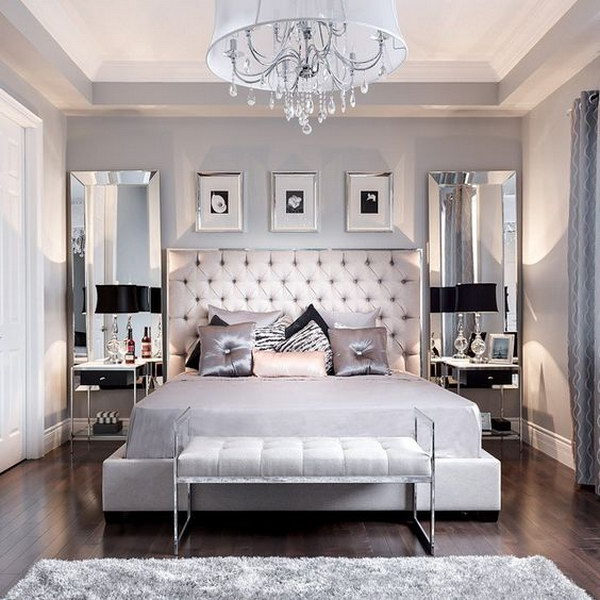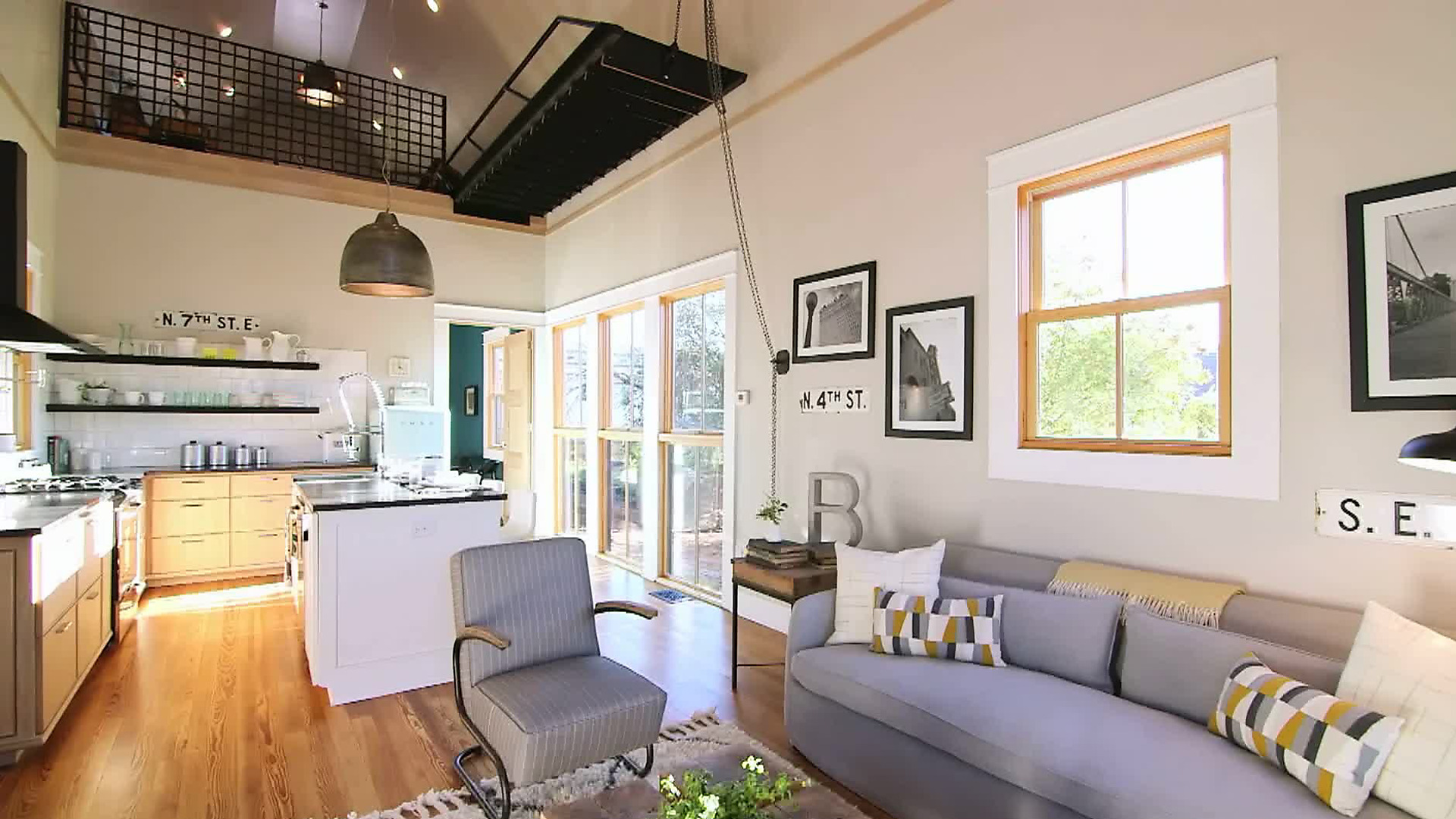You have sold the big family home and you are downsizing to a smaller space that is more manageable with far less maintenance. OR -You are relocating to a new location where the property values are higher and you must give up square footage for location.
Here are some design tricks to help make the transition.
- First of all, de-clutter and thin out your furniture. Don t try to stuff all your stuff into the smaller space. The most important design rule for small spaces is to delight, dazzle, and divert. Delight your guests with design details so thoughtful, original, even outrageous, they ll hardly notice you live in a tiny space.


- Use mirrors to reflect the space back and make it look and feel larger. A mirror across from a window brings in more light and the outdoors. A mirror in a dining room give the appearance of depth in the room as it reflects the room opposite.


- Scale it up. When you include tall pieces of art or furniture and make a big statement, it makes small rooms feel more spacious. Like a tall headboard in a bedroom.


- Make room for function by borrowing cues from life aboard a ship. Maximize sleeping quarters. Think about built in cubbies and storage cabinets; banquettes with storage drawers in dining area; storage drawers under a bed. Maximize a tiny sleeping space by adding hooks to the walls. A tall bead board wainscot detail can create the illusion of high ceilings for an airy ambience.



- Choose light colored linens and a soft, neutral paint color for the walls to keep the room from feeling cramped.

- Include timeless designs like a scaled down sectional sofa in a smaller living room. Instead of a coffee table, try an old trunk or chest. They add character and offer ample storage for throws, games, and books. Wall sconces are wonderful because they free up end tables for accessories.



